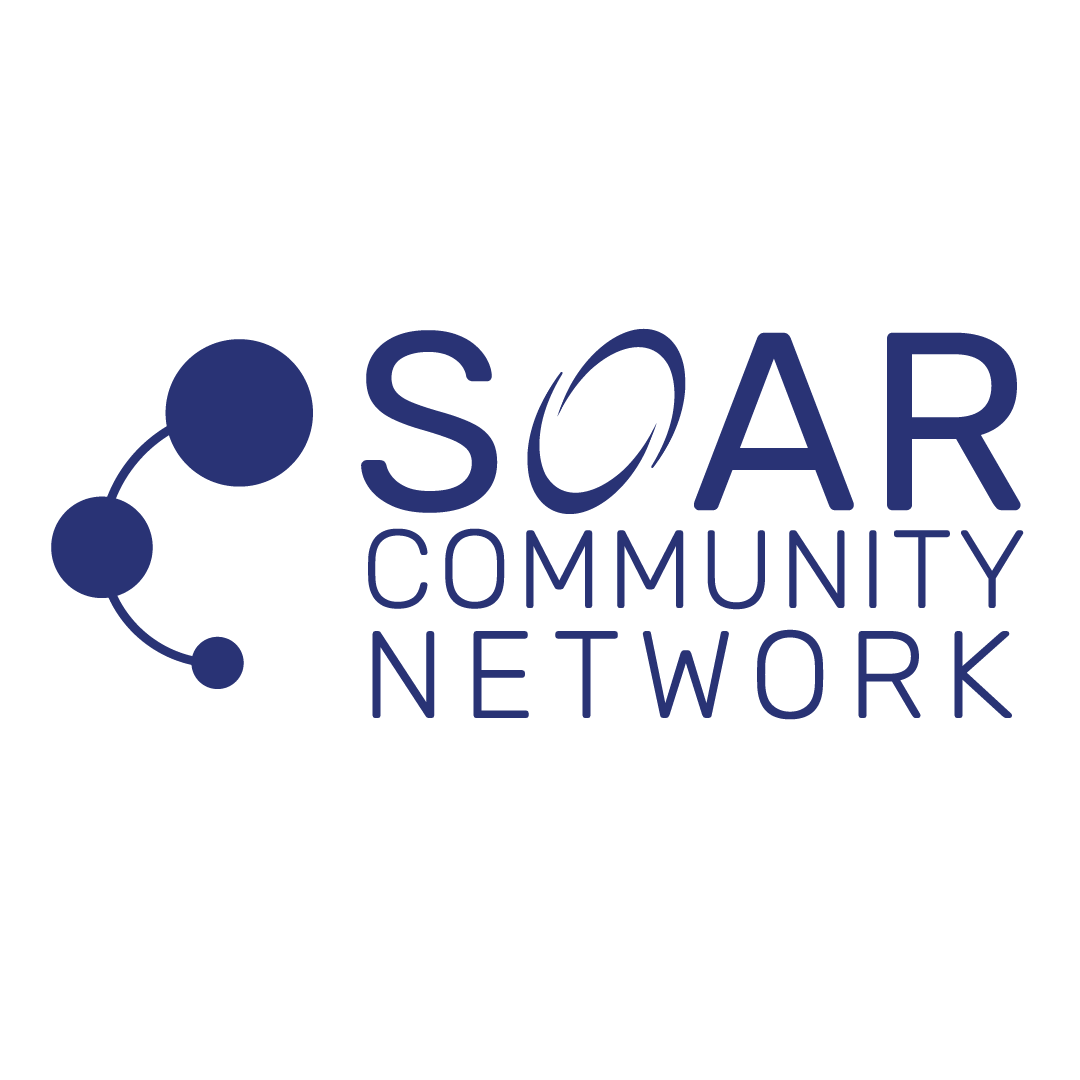Challenge:
One of the significant challenges faced by many organizations today is ensuring that employees feel appropriately recognized for their hard work. When employees perceive a lack of recognition, it can lead to disengagement, reduced morale, and ultimately, lower productivity. This feeling of under-appreciation can also contribute to higher turnover rates as employees seek workplaces where their efforts are acknowledged and valued.
Solution:
To tackle this issue effectively, organizations need to adopt a comprehensive approach to employee recognition. This involves incorporating performance management tools and behavioral science insights to create a structured, personalized, and peer-driven recognition system.
- Regular Acknowledgement: The first step is to establish a routine of recognizing achievements consistently. By using performance management tools, organizations can track employee performance and ensure that achievements, both big and small, are acknowledged. Public celebrations of successes in meetings or company communications can help reinforce the culture of recognition, making sure that hard work does not go unnoticed.
- Personalized Recognition: Understanding that each employee has unique preferences for how they like to be recognized is crucial. Applying behavioral science can help identify these preferences, allowing managers to tailor recognition efforts accordingly. For instance, while some employees may thrive on public praise, others might prefer a personal note of thanks or a small token of appreciation. Personalizing recognition makes it more meaningful and impactful.
- Peer Recognition Programs: Encouraging a culture of appreciation where employees can recognize each other’s efforts can significantly boost morale. Designing peer recognition systems using behavioral insights ensures that these programs are effective and engaging. Such systems allow team members to acknowledge each other’s hard work, fostering a supportive and collaborative environment.
Action:
Implementing these solutions requires a structured approach:
- Integrate Performance Management Tools: Begin by integrating performance management tools to monitor and acknowledge employee achievements. Regularly update these tools to reflect current performance metrics and celebrate achievements during meetings or through internal communications.
- Apply Behavioral Science for Personalized Recognition: Conduct surveys or use other methods to gather insights into how employees prefer to be recognized. Use this data to create personalized recognition strategies that cater to individual preferences, making recognition efforts more meaningful.
- Establish Peer Recognition Programs: Develop peer recognition programs that encourage employees to appreciate each other’s contributions. Provide guidelines and tools to facilitate this process, ensuring that the recognition is timely and relevant. Regularly review and refine these programs based on feedback and participation rates.
By incorporating these strategies, organizations can create a robust recognition culture that values and celebrates employee contributions. This not only enhances job satisfaction and morale but also leads to higher productivity and retention rates.
Conclusion:
These approaches align with the principles of our C3 Framework, which emphasizes creating a compassionate, cohesive, and collaborative workplace culture. By focusing on regular acknowledgment, personalized recognition, and peer-driven appreciation, organizations can ensure that every effort is recognized and valued, fostering a thriving work environment.
Explore Your Behavioral Style
Unlock your team's full potential by taking our behavioral assessment. This powerful tool provides insights into each team member's unique strengths and behavioral styles. With this knowledge, you can foster a more cohesive, compassionate, and collaborative work environment. Plus, enjoy a free 30-minute explanation session on behavioral styles and how they can enhance your team's performance. Start your journey towards a high-performing team today!

